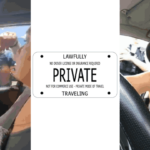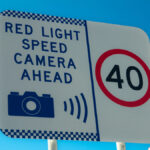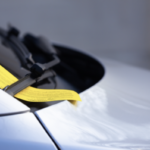Rules and Offences Relating to Number Plates in New South Wales
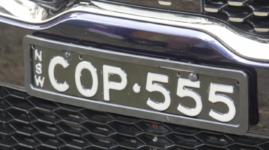
There are many traffic offences in New South Wales it is important for drivers to be aware of, to ensure the safety of all road users.
Some of these may be obvious, such as not travelling above the speed limit and not driving while under the influence of alcohol or another drug.
But others are not so obvious – including the many requirements that relate to number plates.
Here’s an outline of the rules that relate to number-plates in New South Wales, including the offences that can result from non-compliance, and the exceptions and defences that may apply.
What is a valid number-plate in NSW?
If you are driving in New South Wales, you need to have a clearly visible set of number-plates issued by a recognised Australian Road Authority, affixed to the prescribed area of both the front and rear of the vehicle – being parallel to the axels and no higher than 1.3 metres.
If you have purchased a new vehicle that doesn’t have plates or your plates were stolen or broken, you must replace your plates before driving this vehicle on NSW roads.
If you wish to transfer number-plates between vehicles, you must apply to do so.
Number-plates must be clearly visible from both the front and rear directions of motor vehicle.
Regulation 25 of the Road Transport (Vehicle Registration) Regulation 2017 (NSW) prescribes an extensive set of rules that must be complied with in relation to the display of number-plates, which are as follows:
(1) The vehicle number-plate issued by Transport for NSW for a vehicle must be permanently affixed to the vehicle so that (assuming the vehicle to be on level ground)
(a) the number-plate is at all times–
(i) in an upright position that is substantially parallel to the vehicle’s axles, and
(ii) not more than 1.3 metres above ground level, and
(b) the number-plate is not obscured, defaced or otherwise illegible, and
(c) the numbers on the number-plate are clearly visible from any point that is–
(i) up to 20 metres from the number-plate, and
(ii) within an arc of 45 degrees from the surface of the number-plate above or to either side of the vehicle [shown in the diagram below], and
(d) any cover on the number-plate–
(i) is clear, clean, untinted and flat over its entire surface, and
(ii) has no reflective or other characteristics that would prevent the successful operation of a device approved for use under a law relating to the detection of traffic offences, and
(e) in the case of a motor vehicle other than a motor bike–1 number-plate is affixed to the front of the vehicle and another to its rear, and
(f) in the case of a motor bike or trailer–at least 1 number-plate is affixed to its rear, and
(g) in the case of a motor vehicle for which number-plates of different sizes are issued–the larger of the number-plates is affixed to the rear of the vehicle.
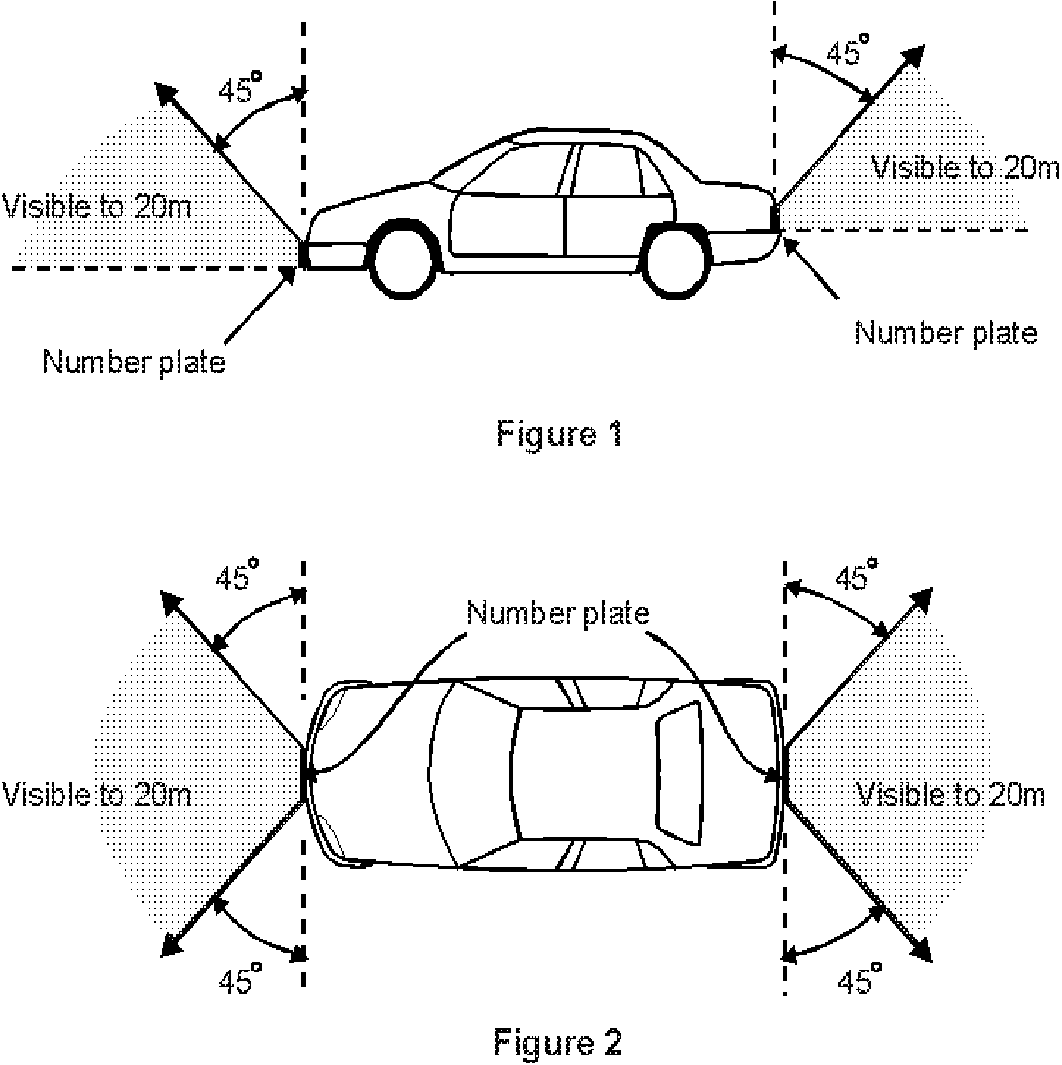
The following outlines some of the key offences that could apply to number-plate violations for ‘Class A’ vehicles (motor vehicles under 4.5 tonnes).
Using a vehicle with an unauthorised plate
Regulation 129(1) relates to plates that are not authorised for use for a particular vehicle, and provides as follows:
The driver of a registrable vehicle is guilty of an offence if the vehicle is used on a road or road related area with a number-plate affixed that was not issued by Transport for NSW or was not issued for that vehicle.
Regulation 129(2) prescribes the offence of not complying with the rules, and provides that:
The driver of a registrable vehicle registered by Transport for NSW is guilty of an offence if the vehicle is used on a road or road related area without displaying number-plates issued by Transport for NSW for the purpose of authorising the use of the vehicle.
Failing to follow either of the above rules could result in a penalty notice of $514 and 3 demerit points at the time of writing, or a maximum fine of $2,200 if the driver elects (chooses) to take the matter to court.
Using a vehicle deploying an altered or misleading plate
Regulation 129(3) relates to plates that are altered or misleading, and provides that:
The driver of a registrable vehicle is guilty of an offence if the vehicle is used on a road or in a road related area displaying–
(a) an altered number-plate
(b) the representation of a number-plate–
(i) other than a number-plate issued in accordance with this Regulation or another law, and
(ii) that is likely to be mistaken for a number-plate displayed in accordance with this Regulation, or
(c) an auxiliary number-plate otherwise than in accordance with [the rules]
Failing to follow above could result in a penalty notice of $514 and 3 demerit points at the time of writing, or a maximum fine of $2,200 if the driver elects (chooses) to take the matter to court.
Using a vehicle without a plate correctly fixed or displayed
Regulation 60(1) relates to standards for the fitting of number plates and provides as follows:
(1) A person must not use a registrable vehicle on a road or road related area unless–
(a) the vehicle complies with clause 25 [outlined above], and
(b) in the case of a light vehicle–
(i) the vehicle complies with the Light Vehicle Standards Rules, and
(ii) the vehicle and its parts and equipment are suitable for safe use and are in a thoroughly serviceable condition.
The ‘Light Vehicle Standards Rules’ outline a number of requirements for motor vehicles.
Importantly, the Rules outline that at least 1 number plate light must be fitted to the rear of vehicles and number plate lights must not project white light to the rear of vehicles, and must not obscure the numbers on number plates.
Failing to follow above could result in a penalty notice of $514 and 3 demerit points at the time of writing, or a maximum fine of $2,200 if the driver elects (chooses) to take the matter to court.
Challenging a number-plate fine
It is important to be aware that the onus rests on the prosecution to prove any number-plate allegation beyond a reasonable doubt.
That being so, those who believe that were on the right side of the law can apply for a review or, if this is refused, elect (choose) to take the matter to court and put the prosecution to proof; in other words, make them prove the allegations.
Arguments put forth in court when defending such allegations include:
- The offence did not occur as alleged, or at all,
- Someone else was the registered owner of the car when the violation occurred (misidentification),
- The penalty notice is invalid, due to an error in or insufficiency of material particulars, and/or
- An emergency justified the violation or the conduct occurred as a result of being threatened with imminent serious harm.
It is important to carefully consider whether to elect to take a penalty notice to court, as it can result in a harsher penalty than that which comes with the penalty notice.
That said, a court also has discretion to deal with the matter by way of a non-conviction order such as a section 10 dismissal in the event you wish to plead guilty or are found guilty and seek leniency.
Getting a non-conviction order means there is no fine or demerit points.
Going to court over a traffic offence?
If you are you going to court to contest a traffic offence, call Sydney Criminal Lawyers anytime on 9261 8881 to arrange a free first conference during which one of our experienced traffic lawyers will assess the case, advise you of your options and the best way forward, and fight for the optimal outcome.




